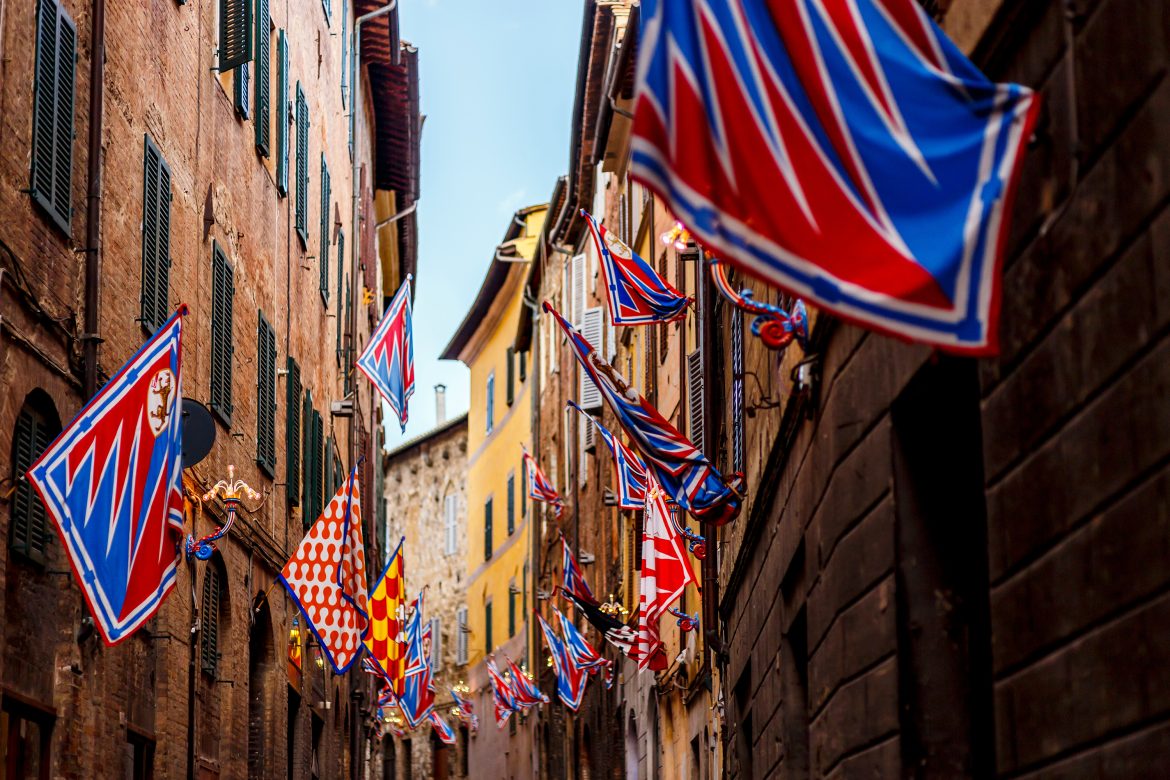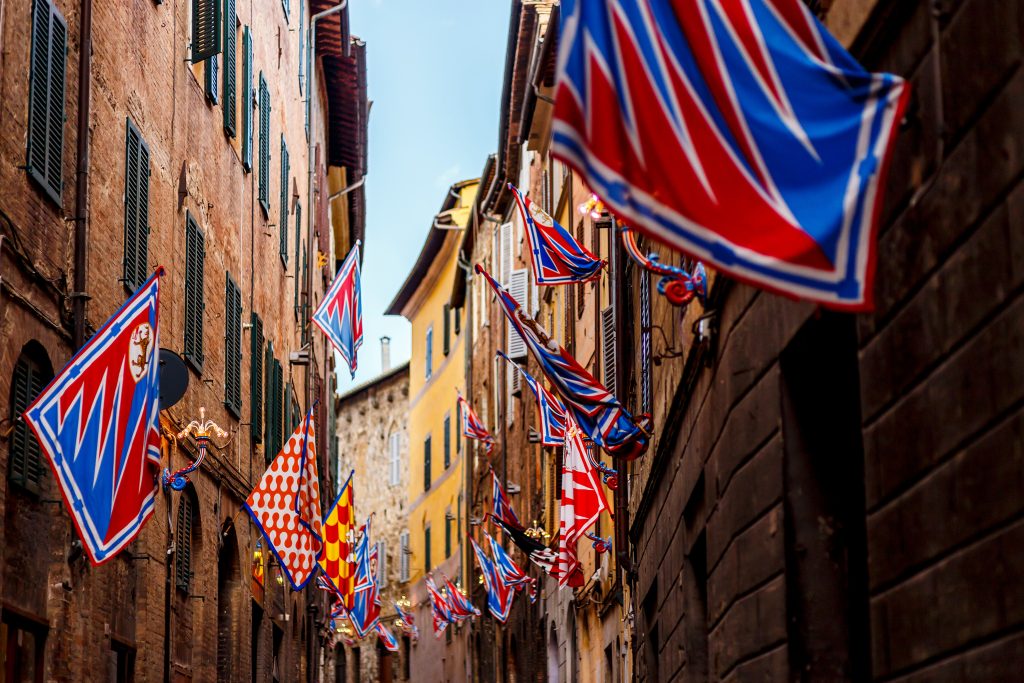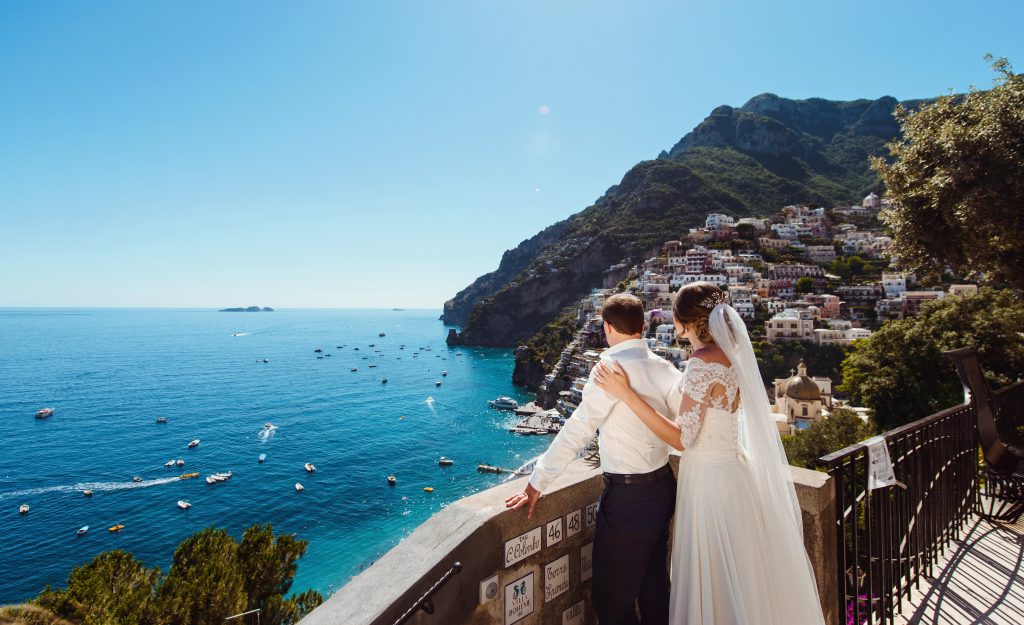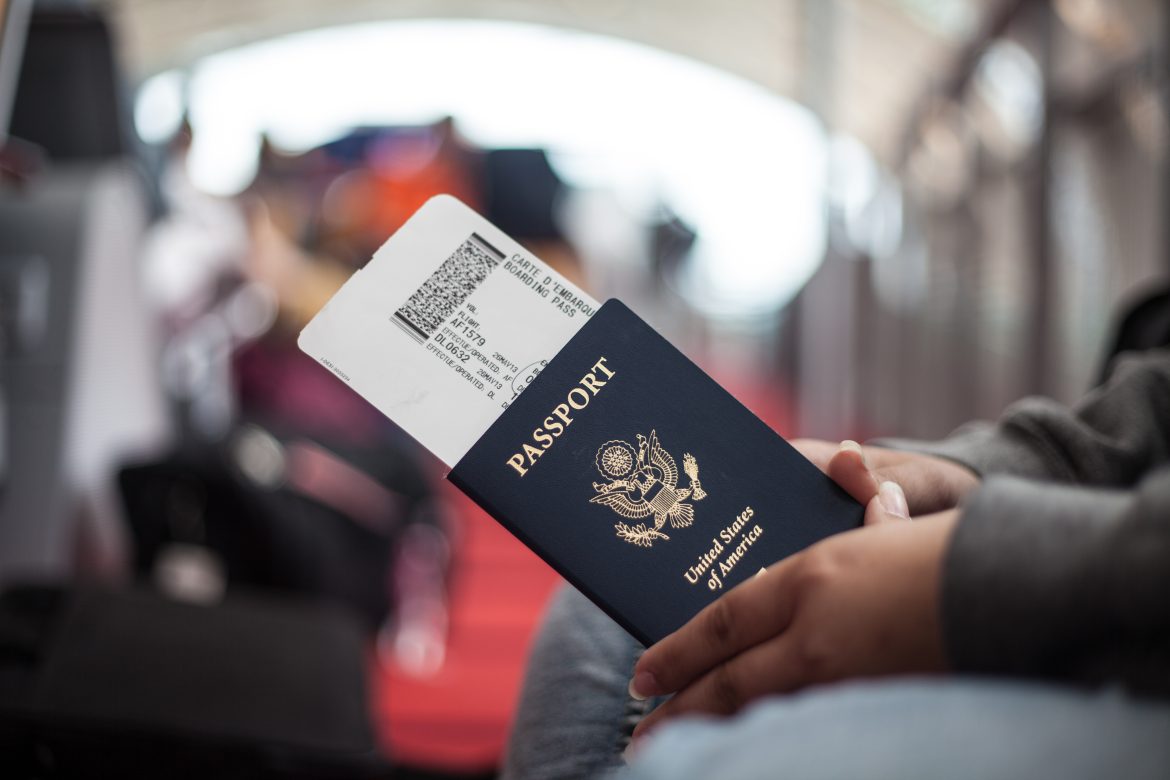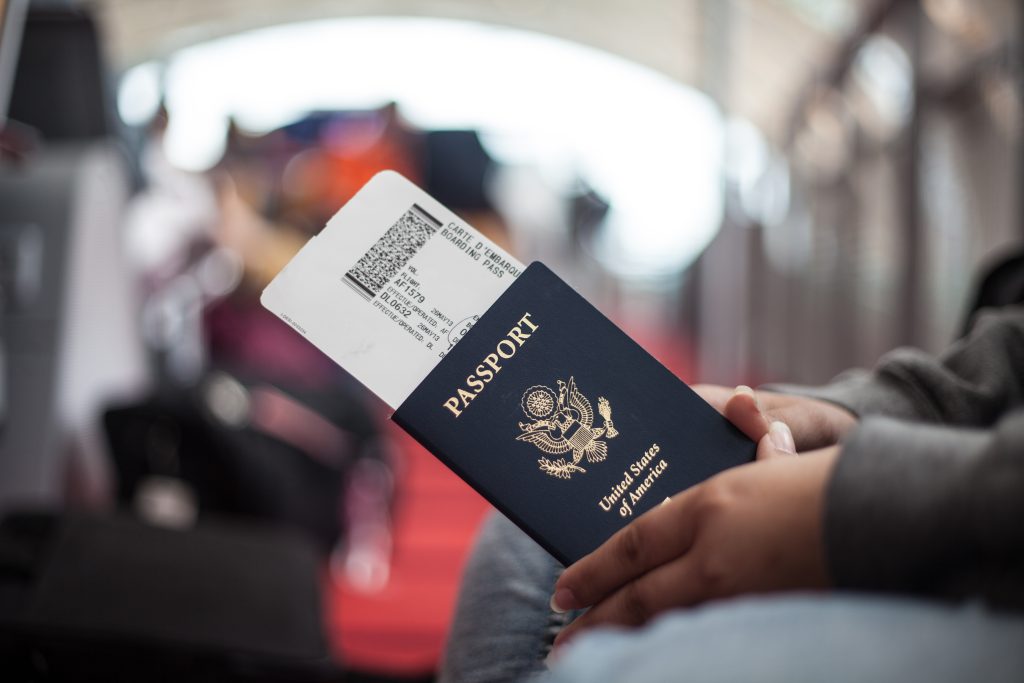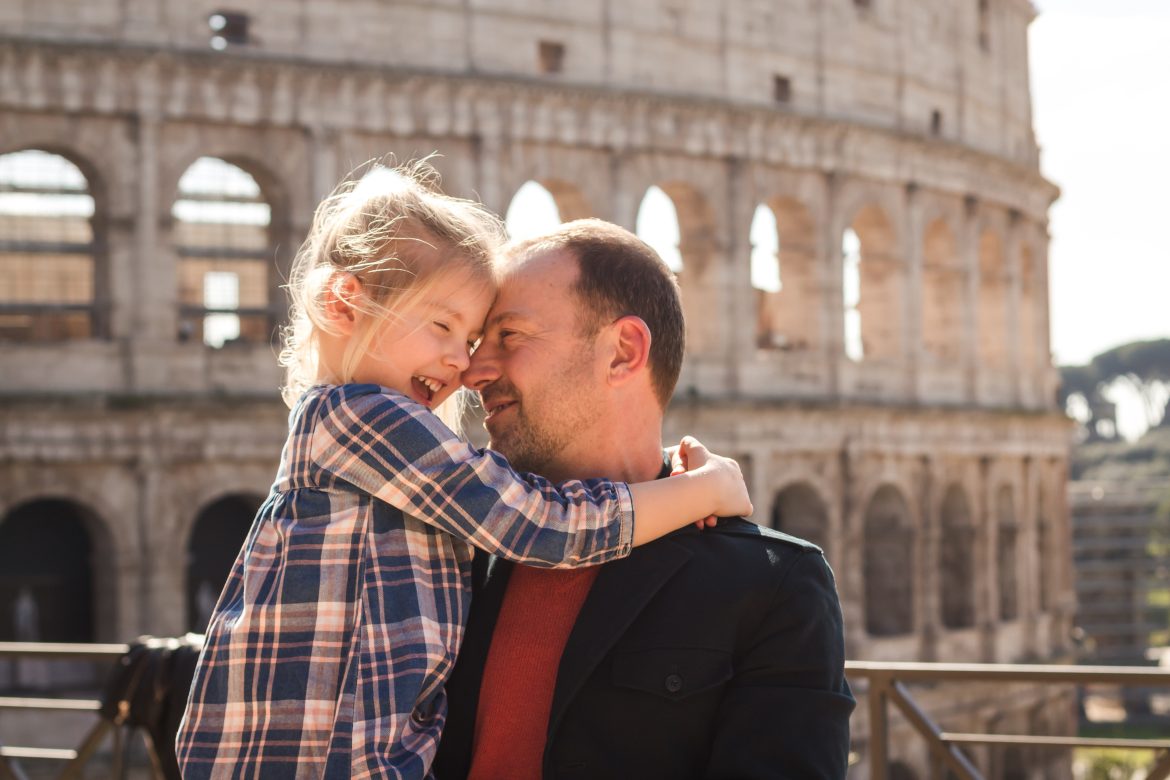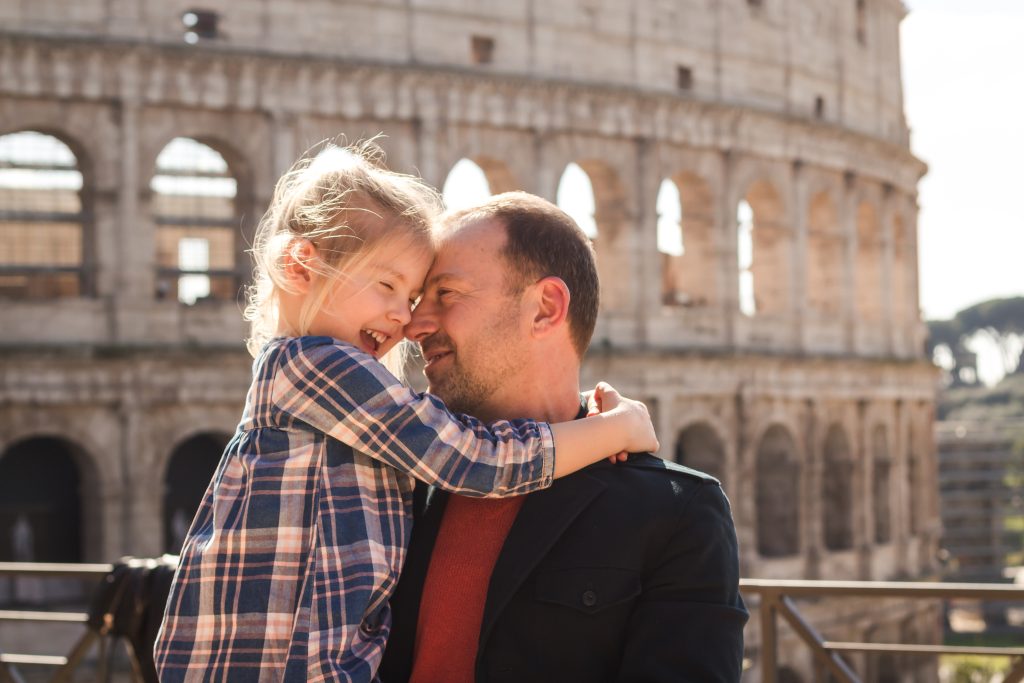
If you’re looking for a unique and exhilarating way to experience Italian culture, the Ivrea Carnival is an event you won’t want to miss. This lively celebration, held annually in the picturesque town of Ivrea in northern Italy, is a one-of-a-kind experience that combines history, symbolism, and a healthy dose of oranges. In this article, we’ll take you on a virtual journey to the Ivrea Carnival, giving you a taste of its rich traditions and the zesty excitement that defines it.
The Ivrea Carnival, known as “Carnevale d’Ivrea” in Italian, has roots dating back over 200 years. It is celebrated in the days leading up to Lent, with the main event taking place on the Sunday, Monday, and Tuesday before Ash Wednesday. The carnival commemorates a historic event where the people of Ivrea rebelled against an oppressive ruler, symbolized by the “Tyrant’s” figure.
The Battle of the Oranges
The highlight of the Ivrea Carnival is undoubtedly the famous “Battle of the Oranges.” This epic food fight sees teams of “aranceri” (throwers) dressed in traditional costumes and divided into different groups engaging in a spirited orange-throwing battle. The oranges symbolize the rebellious spirit of the townspeople against their tyrannical rulers.
The carnival is steeped in tradition and symbolism. The “Mugnaia” (Miller’s Daughter) is a central character who throws symbolic wheat during the festivities, representing fertility and abundance. The “Dove” is a wooden carriage that carries the Mugnaia through the town during the celebrations.
Visitors to the Ivrea Carnival can immerse themselves in the action by joining one of the aranceri teams or simply by donning a red hat to signify their neutrality. The atmosphere is electric, with music, parades, and locals and tourists alike joining in the fun. Be prepared to get hit by oranges if you venture into the battle zone!
The carnival culminates in the “Mugnaia’s Marriage,” symbolizing the town’s unity and victory over tyranny. The event ends with a grand fireworks display, marking the conclusion of this unique and thrilling celebration.
The Ivrea Carnival is a vibrant and unforgettable experience that combines history, tradition, and a healthy dose of citrus zest. If you’re in Italy during this time, make sure to add this exhilarating event to your itinerary. It’s a slice of Italian culture you won’t find anywhere else, leaving you with memories of oranges and a taste of Ivrea’s spirited history.


